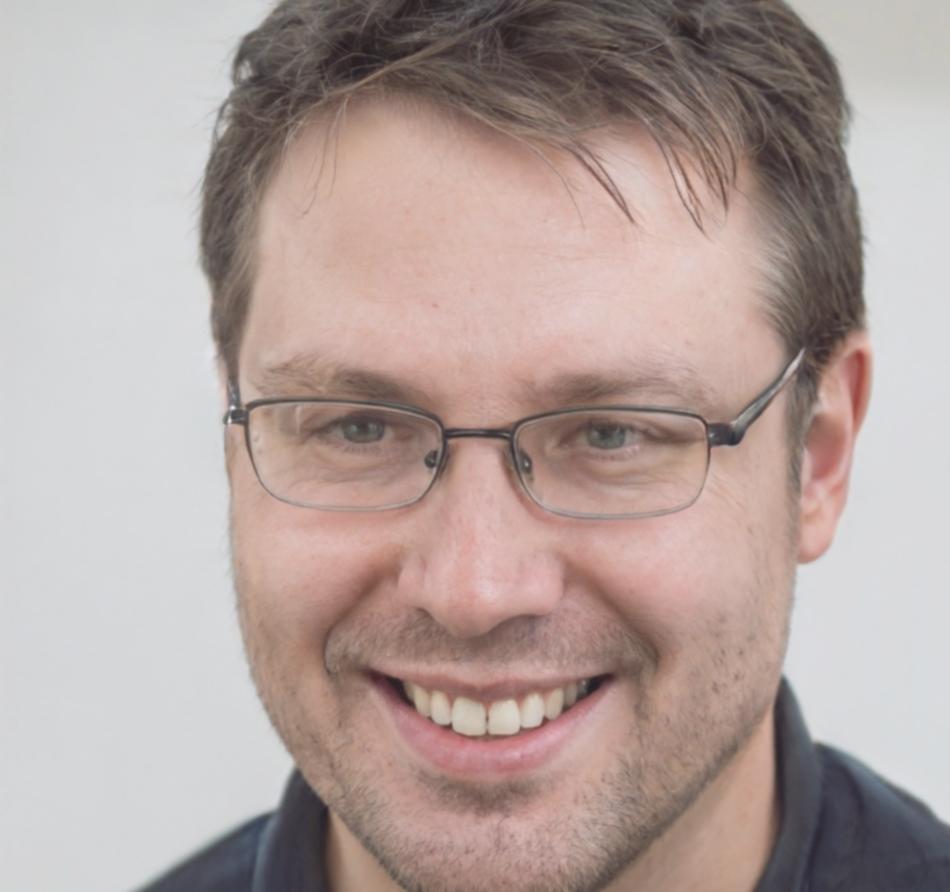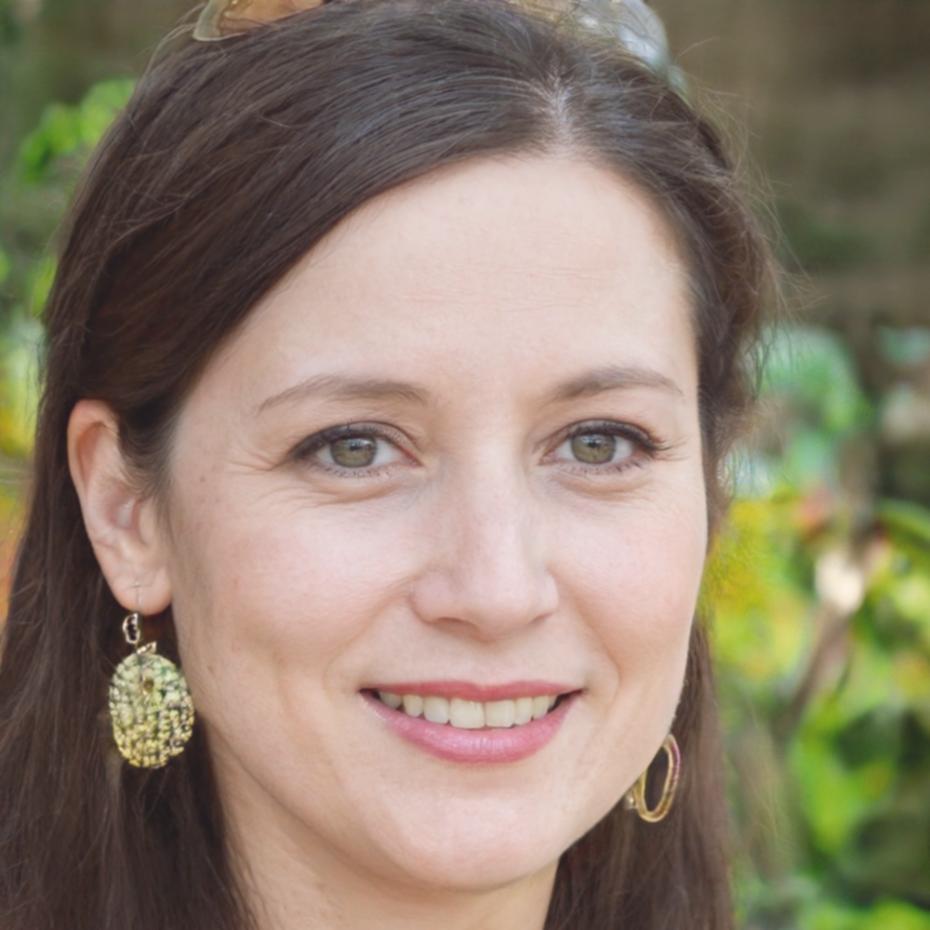Financial Forecasting Skills That Actually Work
We've spent years working with Australian businesses trying to figure out their numbers. Most struggle not because they lack data, but because they don't know how to read what it's saying. Our program changes that through practical, scenario-based learning you can apply immediately.
Get Program Details
Built Around Real Business Challenges
Here's what we noticed after a decade of consulting: people learn budgeting best when they're solving problems that look like their own. So we ditched the textbook approach.
Each module presents scenarios from actual Australian businesses. You'll work through seasonal cash flow variations, equipment purchase decisions, and those tricky moments when growth opportunities collide with tight margins.
The program runs over six months starting July 2026, with sessions scheduled around typical business hours. Most participants spend about five hours weekly, though some weeks require more when you're building your own forecasting models.
You'll build three complete financial models during the program—each one more complex than the last. By the end, you'll have frameworks you can adapt for your own business context.
Learn From People Who've Done It

Gareth Thornbury
Lead Instructor
Spent fifteen years as CFO for mid-sized manufacturing businesses before switching to teaching. He's the one who'll walk you through variance analysis without making your eyes glaze over.

Roslyn Ashcroft
Scenario Planning
Roslyn runs the scenario workshops where things get interesting. She has a knack for identifying the assumptions that break budgets and showing you how to test them properly.

Margot Bellrose
Cash Flow Analysis
Margot specializes in helping businesses understand their cash cycles. She'll show you how to spot cash crunches weeks before they happen and what you can actually do about them.
How Six Months Actually Plays Out
We structured this to build on itself. Each phase introduces concepts you'll need for the next one.
Foundation Phase
July – August 2026
We start with how to read financial statements properly. Not the boring way—you'll learn to spot patterns and relationships between numbers that tell you what's really happening in a business. You'll also build your first simple forecast model.
Budgeting Mechanics
September – October 2026
This is where you learn to build budgets that actually help with decisions. We cover revenue projections, cost structures, and how to handle variables you can't control. You'll work through several realistic scenarios with different complexity levels.
Advanced Forecasting
November – December 2026
Now we get into the interesting stuff. Scenario planning, sensitivity analysis, and building models that help you make better decisions when you're facing uncertainty. This phase involves more independent work as you develop your own comprehensive forecasting system.
What Makes This Different
We've tried to create something that bridges the gap between theory and what you actually need on a Tuesday afternoon when the numbers aren't making sense.
Real Data, Real Problems
Every exercise uses anonymized data from actual Australian businesses. You'll see how retail cash flow differs from service businesses, why manufacturing requires different forecasting approaches, and how to adjust your methods based on industry characteristics.
- Work with authentic financial statements
- Analyze genuine business scenarios
- Learn patterns specific to Australian market conditions
Small Group Format
We cap enrollment at sixteen people per cohort. This isn't just for attention—it's because the discussions during case studies are where a lot of learning happens. You need enough people for diverse perspectives but few enough that everyone can contribute meaningfully.
Build Your Own System
By month four, you'll start developing forecasting models tailored to your business context. We provide frameworks and guidance, but the final product reflects your specific needs. Past participants have built everything from simple cash flow trackers to complex multi-scenario planning systems.
Ongoing Support
Learning doesn't stop when the program ends. You'll get access to our alumni community where people share approaches, discuss challenges, and help each other troubleshoot forecasting problems. We also run quarterly workshops on specific topics based on what the community needs.
- Monthly alumni meetups throughout 2027
- Access to updated resources and templates
- Priority enrollment in advanced workshops